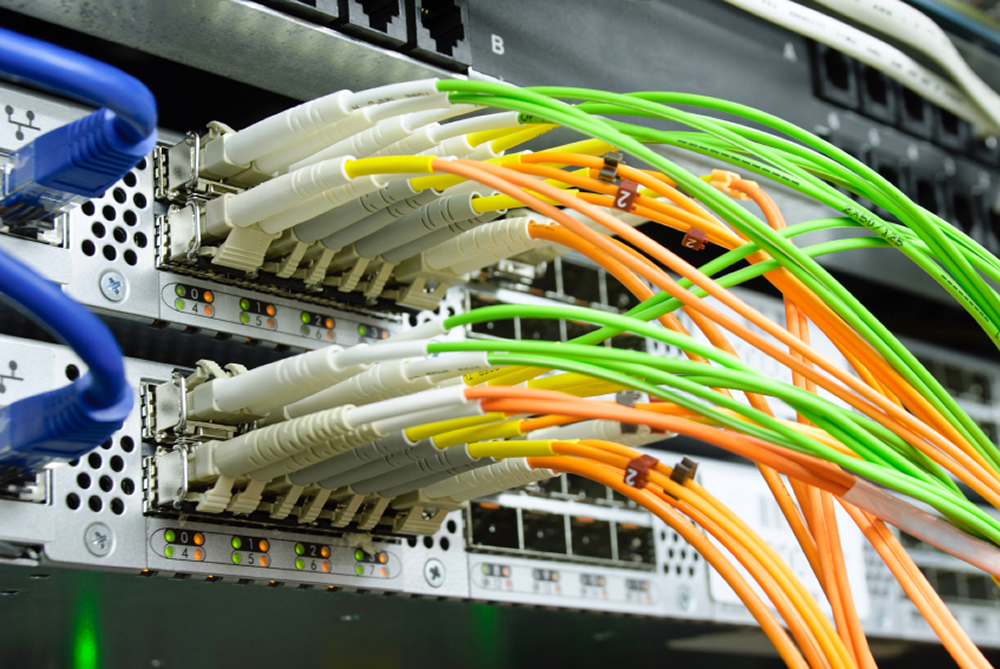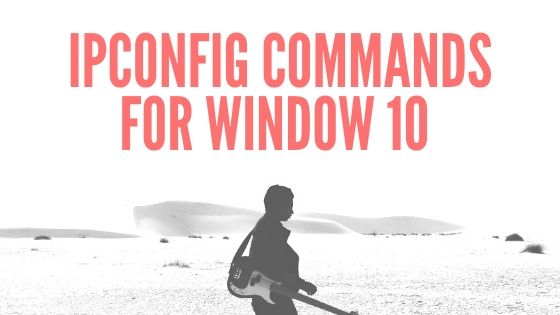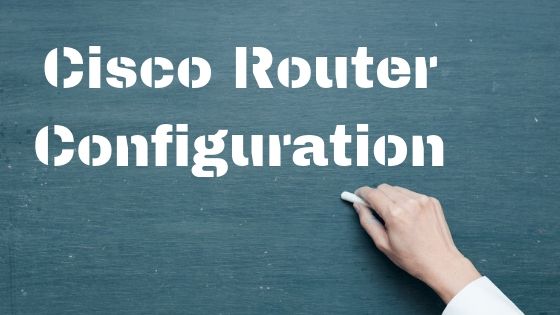
Features and Characteristics of EIGRP Protocol
Enhance interior Gateway routing protocol (EIGRP) is a hybrid protocol which have both types of features of distance vector protocol and link-state protocols. EIGRP is important topic of CNNA.
Features of EIGRP Protocol
Following are the some main features of EIGRP protocol.
- EIGRP is Hybrid protocol which have both distance vector & has link-state protocol characteristics.
- EIGRP supports Variable-Length Subnet Masking (VLSM)
- EIGRP sends partial route updates only when there is a metric changes or the network changes. EIGRP does not send full routing-updates in periodic-fashion as like distance vector protocol do.
- EIGRP support for authentication, only routers with same authentication can communicate with each other.
- EIGRP Uses DUAL algo for loop-prevention and provide the fast convergence, which is easy to configure.
- Enhance interior Gateway routing by default, supports equal-cost load balancing. EIGRP also support unequal cost load-balancing using the command variance. With variance command EIGRP includes routes that are equal to or less then n times the minimum metric-route to a destination.
- EIGRP uses the administrative distance of 90 for internal routes and 170 for external routes, and where as ‘5’ for EIGRP-summary routes.
- EIGRP is potential routing-protocol for the core of a network and it can be used in large networks. When designing a network with Enhance interior Gateway routing protocol, remember that it supports VLSMs, CIDR, and network summarization Also EIGRP is not limited to 16 hops as RIP and not broadcasts its routing table. You can use EIGRP for large networks. read more when we use EIGRP for network
- EIGRP can Integrates seamlessly with IGRP like auto redistribution of Routes with IGRP and vice versa.
- EIGRP consumes less bandwidth as there is no extra broadcasts, periodic updates. As EIGRP advertises its routing updates to its neighbors like distance vector do, but EIGRP uses hellos packets and forms neighbor-relationships as link-state do. EIGRP sends partial updates when a metric or the topology changes on the network. It does not send full routing-table updates in periodic fashion as do distance-vector protocols.
- EIGRP supports IP, Internetwork Packet-Exchange(IPX), and Apple-Talk routed protocols.
- Enhance interior Gateway routing protocol discovers / maintains information about its neighbors. It multi-casts hello packets to address 224.0.0.10 on every 5 seconds. Using this router builds a table with EIGRP neighbor information. The hold-down time to maintain a neighbor is three times the hello time: 15 seconds. If the router does not receive a hello in 15 seconds, it removes the network from the routing table. EIGRP sends multicasts hellos on every 60 seconds in WAN interfaces using X.25, Frame Relay and ATM. The neighbor hold-down time is 180 seconds for these types of neighbors.
- EIGRP uses Reliable Transport protocol to manage EIGRP packets, which ensures the delivery of EIGRP-route updates and also uses sequence numbers to ensure ordered delivery.
- Enhance interior Gateway routing protocol implements DUAL to selects a best path and a backup best-path to reach a destination. The best path is called successor, and the backup path is called feasible successor.
- Enhance interior Gateway routing protocol uses 5 types of packets i.e. hello, Acknowledgment, Update, Query and Reply.
Check out the EIGRP Quiz for test your networking skills.














